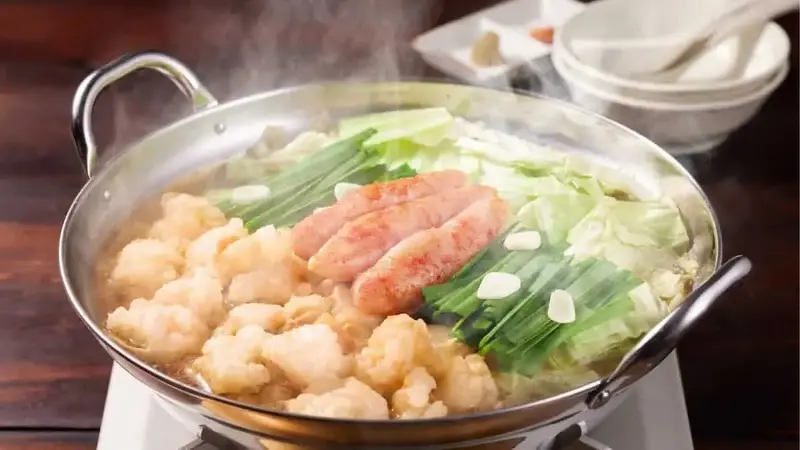
Selecting how you cook your food is as essential as what you eat. The debate between steaming and boiling is not just about consistency, but it is also about nutrition, digestion, and sustainability. Both methods depend on water and heat, but the key difference lies in how they interact with the ingredients. Boiling immerses the food in water, often draining out essential vitamins, minerals, and flavour. Steaming, on the other hand, allows vapour to do its work, i.e. gently cooking while maintaining the required nutrients, colour, and aroma. For those who are looking to maintain the purity and tenderness of ingredients, steaming is often the more beneficial way.
However, boiling still has value, particularly when it comes to making soups or soft grains that help in digestion. Knowing when to steam and when to boil can totally change your meals, balancing nutrition, taste, and efficiency.
Maintaining Nutrition: Steaming Wins The Game
When it comes to preserving nutrients, steaming stands out as the choice. Since the food is not dipped in water, heat gently cooks the ingredients while maintaining the requirement of the essential vitamins like C and B. Vegetables such as broccoli or spinach retain their colour as well as crunch when steamed. Steaming also keeps the natural minerals unchanged, ensuring your food remains as healthy as it appears. If nutrition is what you are looking for, steaming is the best option.

(Image credit: Freepik)
Texture Vs Flavour: Steaming Preserves, Boiling Dilutes
Boiling may soften food to the point that it can turn mushy, taking away the natural taste and fragrance in the water; however, steaming maintains the goodness of the ingredients. Since water does not take away flavour, you get concentrated, fresh-tasting food that requires fewer additions of spices or fats. For those who enjoy vibrant, restaurant-style freshness on the plate, steaming is the process that keeps food as it is, i.e full of taste and naturally flavourful.
Fat-Free Cooking: Steaming Keeps It Light
While steaming and boiling are both oil-free, steaming still gives you an advantage in clean eating. Boiling can sometimes lead to overcooking, bland food that lures you to add some butter or sauces to it. Steamed food, however, retains its moisture and taste without requiring extra add-ons. Steaming is the secret to eating light while feeling full, perfect for weight-watchers or anyone following digestion-friendly meals. The gentle vapours while steaming cook the food uniformly, leaving it more juicy without adding to the addition of the calorie count.

(Image credit: Freepik)
Digestibility: Boiling Can Sometimes Be Better
When the focus is on digestibility, boiling gets a nod. For hard grains, lentils, or starchy vegetables, such as potatoes, boiling breaks down the complex fibres, making them much easier to digest. Soups and broths prepared with boiled ingredients unleash nutrients into the broth, delivering comfort food that’s both hydrating and gut-friendly. Particularly, during sickness or during cold weather, boiled foods soothe the system. While steaming is preferred for freshness, boiling is the option when you look for warmth, softness, and comfort that calms down both body and hunger pangs.
Environmental And Cooking Efficiency: Steaming For Sustainability
Steaming needs less water and energy than boiling, which makes it the preferred choice. With multi-tier steamers, you can steam vegetables, fish, and even dumplings side by side, resulting in saving time and fuel. Boiling, on the other hand, flushes away nutrients and water. The closed system of steaming retains flavours and saves resources. It’s not just a healthy cooking technique, but it's also environmentally friendly. For modern kitchens aiming for both health and sustainability, steaming appears as the smarter technique.

(Image credit: Freepik)
